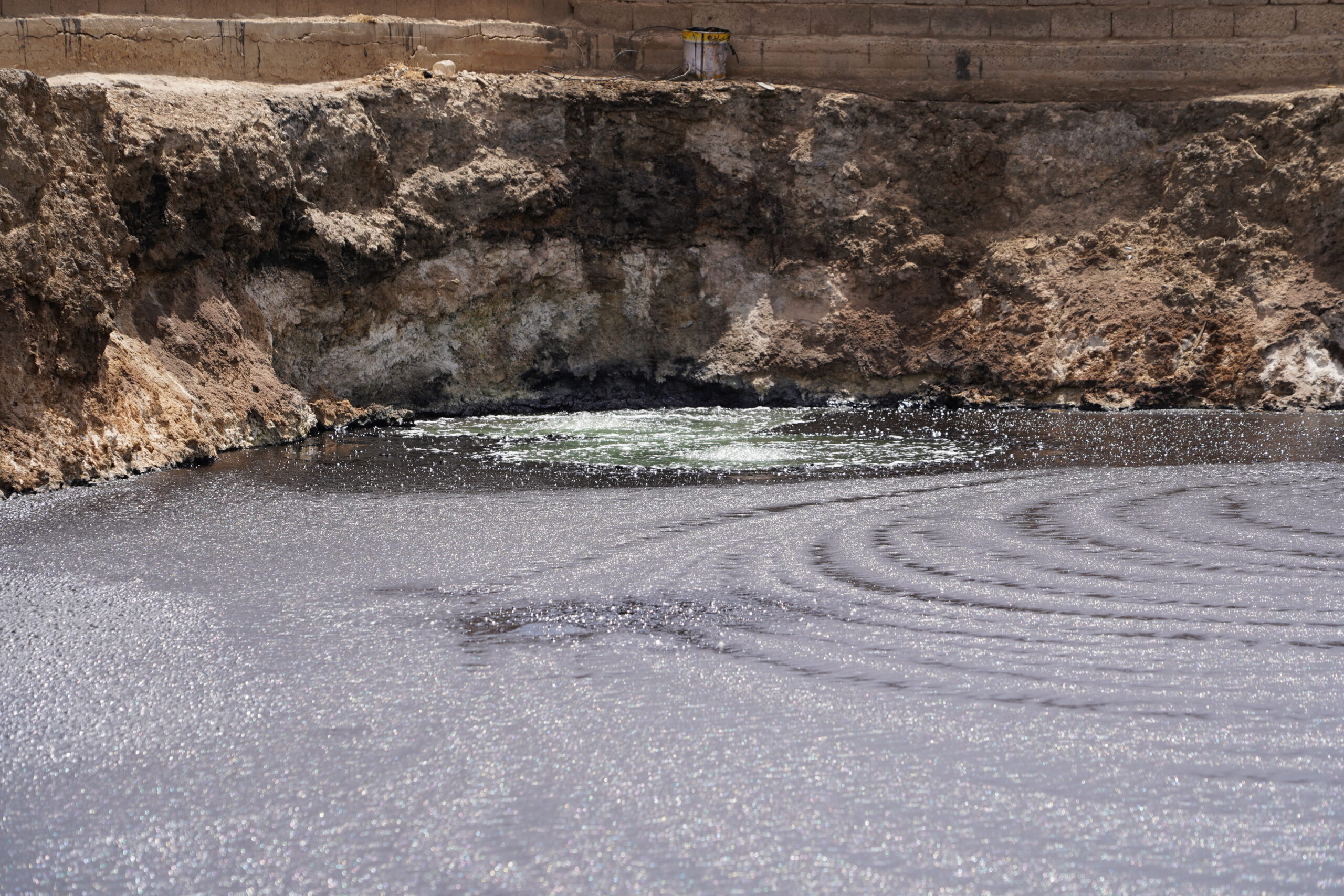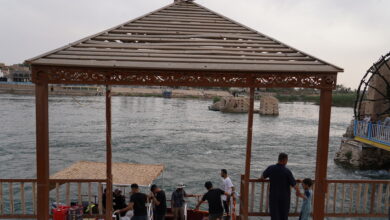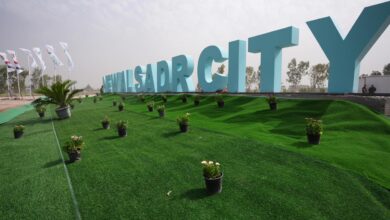In the heart of Heet, in Iraq’s western Anbar province, is one of the country’s most extraordinary natural wonders Al-Qeer Springs, where thick black bitumen has been bubbling to the surface from deep underground for thousands of years.
These springs stretch along a known fault line in the earth, where the natural asphalt slowly seeps out, forming pools that vary in size and depth. It’s a strange and striking sight, one that has fascinated locals and visitors alike for generations.
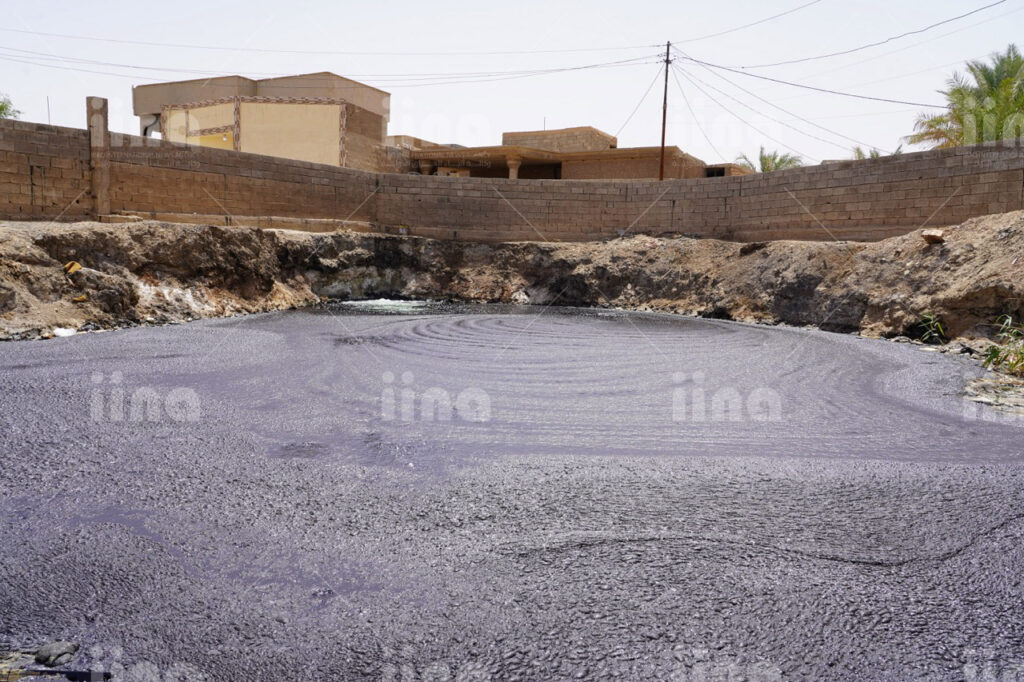
For people living in the area, the springs have long been a practical resource. The raw asphalt has traditionally been used in building homes, waterproofing roofs and insulating structures. In fact, historians believe that even the ancient Sumerians and Babylonians used bitumen from this region in constructing temples and monuments — some of which still stand today.
But Al-Qeer Springs are more than just a source of materials. They’re part of the land’s identity, a rare geological phenomenon that has become intertwined with the history and heritage of the region. Scientists, nature lovers and curious travellers continue to visit, drawn by the site’s enduring mystery and natural beauty.
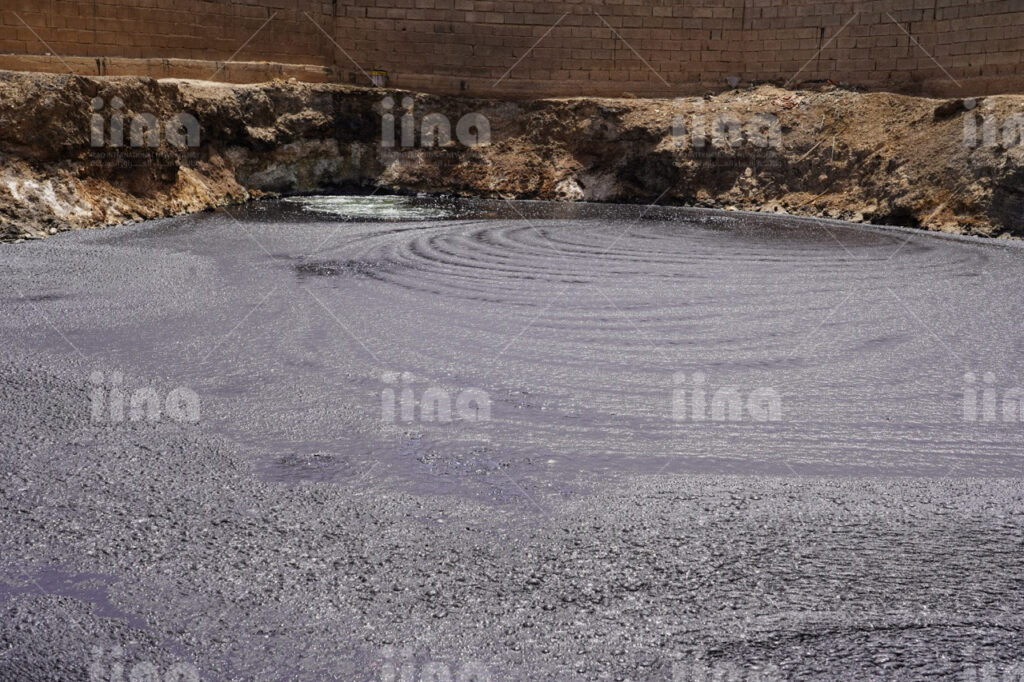
In a fast-changing world, the steady flow of these ancient springs is a powerful reminder of the forces that have shaped the land for millennia. Al-Qeer continues to flow as it always, consistently offering a living connection between Iraq’s past and present.
- Published: 26th May, 2025
- Location: Heet
- Country: Iraq
- Editor: Noor Mohsen and Nour Ghanem
- Photographer: Noor Mohsen
- Category: Heritage

